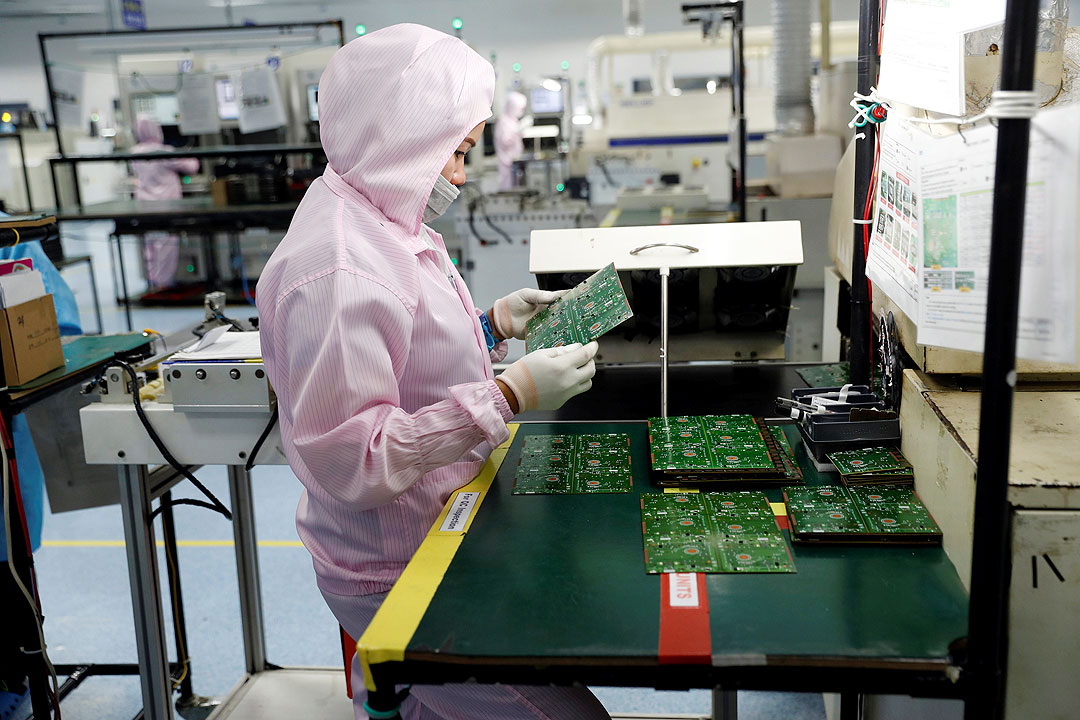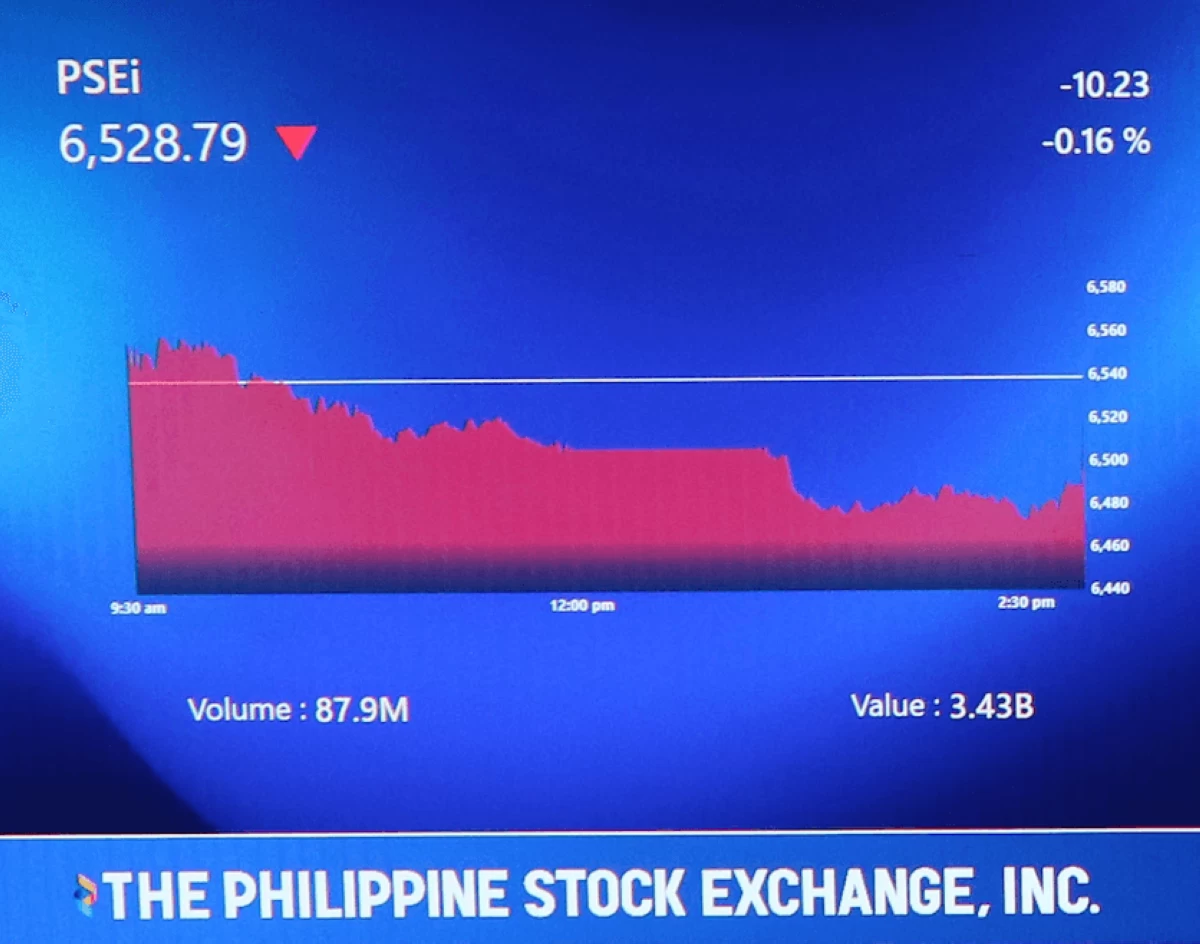
Upgrade to High-Speed Internet for only ₱1499/month!
Enjoy up to 100 Mbps fiber broadband, perfect for browsing, streaming, and gaming.
Visit Suniway.ph to learn
 REUTERS
REUTERSFOREIGN DIRECT INVESTMENTS (FDI) in the Philippines rose 7.1% year on year in April, boosted by inflows from Japan and investments in the manufacturing sector, according to the central bank.
“Net foreign direct investments (FDI) into the Philippines remained positive in April 2025, with inflows from Japan and into manufacturing taking the lead,” the Bangko Sentral ng Pilipinas (BSP) said in a statement.
 FDI net inflows hit $610 million in April, up from $570 million a year earlier and from $498 million in March. The latest figure marked a rebound from the 27.8% contraction posted in March.
FDI net inflows hit $610 million in April, up from $570 million a year earlier and from $498 million in March. The latest figure marked a rebound from the 27.8% contraction posted in March.
The BSP attributed the growth to a 24.3% yearly increase in nonresidents’ net investments in debt instruments issued by local affiliates to $522 million.
However, equity capital investments — excluding reinvestment of earnings — plunged by 94.1% to just $4 million from a year ago.
Japan accounted for the biggest share of equity placements at 32%, followed by the US (18%), Singapore (13%), South Korea (13%) and Taiwan (9%).
Almost half (47%) of April’s investments were channeled into the manufacturing sector, while the financial and insurance, and real estate sectors each accounted for 16%.
Reinvestment of earnings also rose 3.3% to $84 million in April.
Total investments in equity and investment fund shares fell 41.1% to $88 million from April 2024.
“The increase in FDIs in April led by higher inflows into manufacturing, particularly from Japan, suggests renewed investor interest in the Philippines as a production hub amid global supply chain shifts,” John Paolo R. Rivera, a senior research fellow at the Philippine Institute for Development Studies, said in a Viber message.
“Strategic sectors like electronics and auto parts are attracting capital as firms diversify away from China and seek cost-effective alternatives in Southeast Asia,” he added.
But he said the 20% tariffs imposed by the US on the Philippines could weigh on FDI sentiment in the months ahead.
On Thursday, the US government raised tariffs on Philippine exports to 20%, up from 17%, under President Donald J. Trump’s sweeping tariffs on US trading partners.
“Investors may reassess the Philippines’ competitiveness compared with peers like Vietnam or Thailand, which may negotiate more favorable trade terms,” Mr. Rivera said.
He urged the government to respond with “swift trade diplomacy,” provide support to affected sectors and enhance the country’s investment appeal through stable policies, incentives and improved logistics.
Michael L. Ricafort, chief economist at Rizal Commercial Banking Corp., said the April FDI was supported by the recent passage of a measure that expands fiscal incentives and reduces corporate income taxes on foreign investors.
Despite the FDI rebound in April, FDI net inflows for the first four months dropped 33.4% to $2.37 billion from a year ago.
Debt instrument investments slid 24.3% to $1.72 billion, while equity capital investments excluding reinvested earnings plunged 68.6% to $302 million.
Equity placements dropped 57.5% to $509 million, while withdrawals fell 11.8% to $207 million.
Major sources of equity investments during the period included Japan (40%), the US (17%), Singapore (14%), South Korea (7%) and Malaysia (6%).
Most investments flowed into the manufacturing sector (47%), followed by real estate (21%) and financial and insurance (14%).
Meanwhile, reinvestment of earnings for January to April rose 7.4% to $348 million from a year earlier. — A.M.C. Sy




